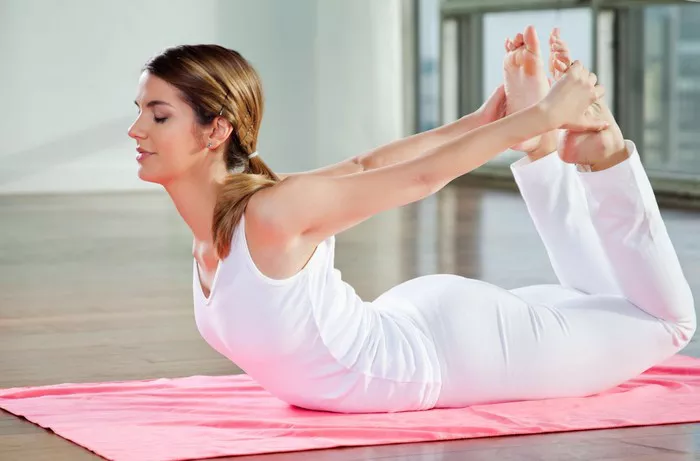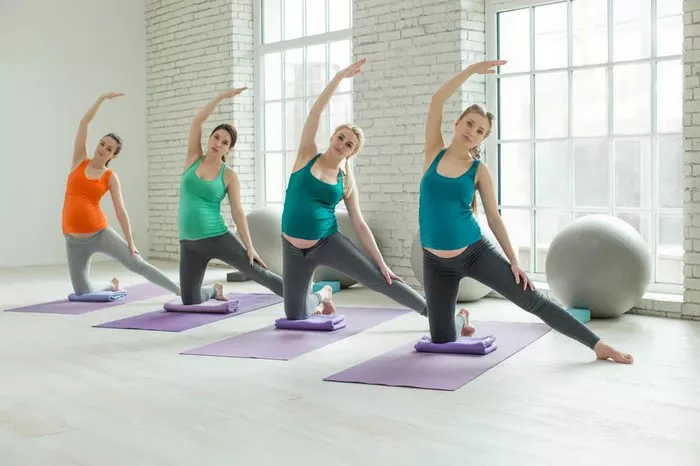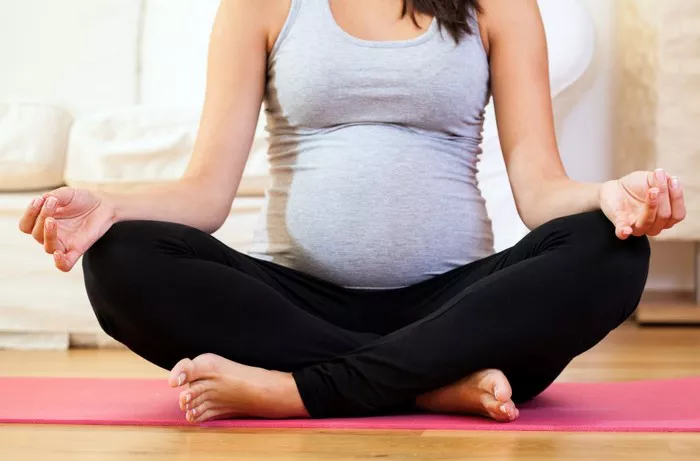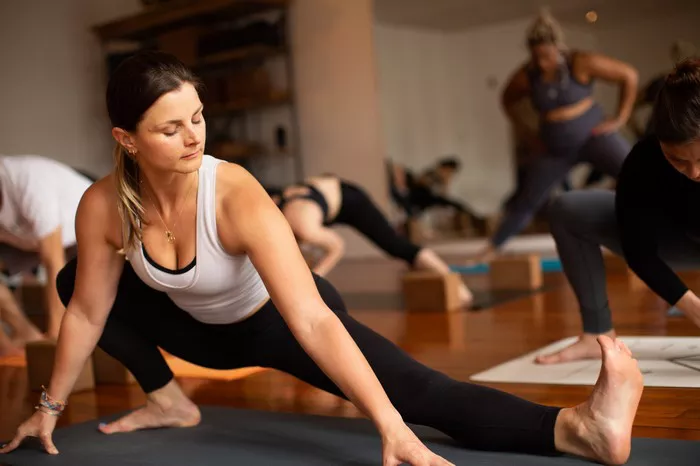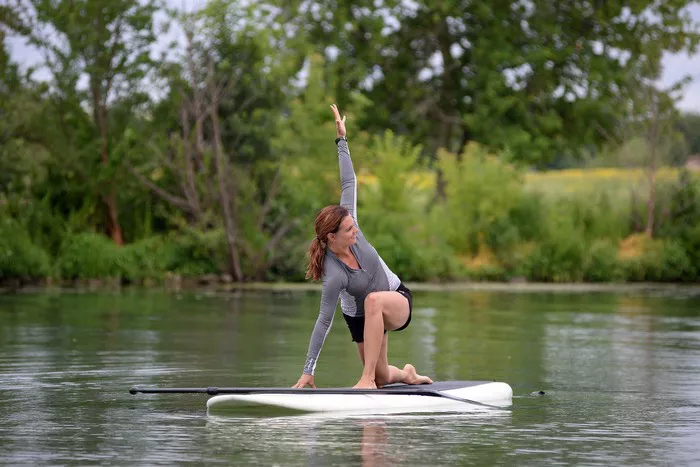In today’s fast-paced world, physical activity has become a crucial part of maintaining overall health and well-being. With a variety of exercise options available, two popular choices that often come up in discussions about fitness are walking and yoga. Both are low-impact, accessible, and offer unique benefits, but the question remains: Is it better to walk or do yoga?
This article will compare walking and yoga, taking into account their benefits, potential drawbacks, and how each activity can contribute to physical, mental, and emotional health. By the end, you’ll have a clearer understanding of which practice might be best suited for you, or perhaps how integrating both into your routine can provide a more holistic approach to wellness.
Understanding Walking and Yoga
Walking: The Basics
Walking is perhaps the most natural form of exercise. It doesn’t require special skills or equipment and can be done almost anywhere. From a leisurely stroll in the park to a brisk walk on a treadmill, walking is a moderate-intensity exercise that promotes cardiovascular health, muscle endurance, and mental clarity.
The simplicity of walking makes it accessible to people of all fitness levels. Whether you are just starting to become active or are already an athlete, walking can be adapted to your current physical state. The rhythmic, repetitive nature of walking also encourages a meditative mindset, making it a great way to unwind, clear your mind, and enjoy the outdoors.
Yoga: The Basics
Yoga, on the other hand, is a mind-body practice that combines physical postures (asanas), controlled breathing techniques (pranayama), and meditation. Originating in ancient India, yoga has evolved into numerous styles, from the dynamic movements of Vinyasa to the slower, more deliberate poses of Hatha and Iyengar yoga. Yoga is known for its ability to build strength, flexibility, and balance, while also improving mental focus and reducing stress.
Unlike walking, which primarily targets the cardiovascular system, yoga engages all aspects of the body, including muscles, joints, and connective tissues. Yoga also encourages mindfulness and a deeper connection to the breath, offering benefits that go beyond just physical fitness. It’s often regarded as a holistic practice for achieving overall wellness, integrating body, mind, and spirit.
The Physical Benefits of Walking and Yoga
Walking: Cardiovascular Health and Weight Management
Walking is often touted as a great cardiovascular exercise. It increases your heart rate, which helps improve circulation and the efficiency of the heart. Regular walking can reduce the risk of heart disease, stroke, and high blood pressure. Studies show that brisk walking for at least 30 minutes a day can lower cholesterol and blood sugar levels, which is crucial for preventing and managing diabetes.
Additionally, walking is an effective way to manage body weight. While walking doesn’t burn as many calories per minute as more intense exercises, it’s still an effective way to maintain or lose weight when done consistently. Walking, especially at a brisk pace, can help increase metabolism and improve endurance over time.
Yoga: Strength, Flexibility, and Stress Relief
Yoga’s benefits are much more diverse. Through a combination of holding poses and flowing through sequences, yoga improves flexibility by lengthening muscles and enhancing joint mobility. Over time, practitioners can experience a noticeable improvement in range of motion and reduction in muscle tightness. This is particularly beneficial for those suffering from chronic pain conditions such as lower back pain or arthritis.
Yoga is also an excellent way to build strength. Many poses, such as Downward Dog, Warrior, and Plank, engage various muscle groups, which helps to increase muscle tone and endurance. Unlike weightlifting, yoga relies on body weight to provide resistance, making it a great option for those who prefer low-impact strength-building exercises.
In addition to physical strength and flexibility, yoga has profound mental health benefits. Yoga’s focus on mindfulness, breathing, and relaxation techniques helps to reduce stress, lower anxiety levels, and even alleviate symptoms of depression. The mind-body connection in yoga promotes a sense of calm and emotional stability, which can help practitioners navigate the challenges of daily life with greater resilience.
Mental and Emotional Benefits
Walking: Clarity and Calmness
While walking may not be as intentionally meditative as yoga, it still offers significant mental benefits. The repetitive motion of walking, combined with being outdoors, provides a calming effect that can reduce stress and promote mental clarity. Many people find that walking helps them process their thoughts, reflect on personal challenges, or simply take a break from the busyness of life.
Walking in nature has been shown to lower cortisol levels, the hormone associated with stress, and improve mood. Whether you’re walking through a quiet neighborhood, along the beach, or in a park, being in natural surroundings can enhance feelings of relaxation and well-being.
Yoga: Mindfulness and Emotional Balance
Yoga, however, takes the connection between the mind and body to a deeper level. One of the core tenets of yoga is mindfulness—the practice of being fully present in the moment without judgment. This mindfulness extends to every part of the practice, from the way you hold a pose to how you manage your breath. By practicing mindfulness, yoga helps cultivate a sense of inner peace, self-awareness, and emotional stability.
Yoga’s ability to reduce anxiety and depression is well-documented. The practice of controlled breathing (pranayama) helps activate the parasympathetic nervous system, which is responsible for relaxation and stress reduction. Many people find that yoga provides a more profound emotional release than other forms of exercise, allowing them to cope with emotional challenges in a healthier, more balanced way.
Which is Better for Flexibility and Strength?
Flexibility: Yoga’s Superior Advantage
While walking offers some flexibility benefits (mainly through the activation of hip, ankle, and leg muscles), yoga is far superior when it comes to increasing flexibility. The range of postures in yoga, from forward bends to deep lunges, stretches and strengthens muscles in ways that walking simply cannot. Yoga targets the entire body, helping to open up the hips, stretch the spine, and increase the mobility of shoulders and wrists.
In particular, styles of yoga like Hatha, Iyengar, and Vinyasa emphasize the importance of flexibility and mobility, which can improve posture, reduce muscle tension, and increase overall agility. This makes yoga an excellent choice for those looking to improve flexibility and prevent injuries.
Strength: A Combination of Both
In terms of building strength, both walking and yoga can play a role, but in different ways. Walking is primarily a weight-bearing exercise that strengthens the lower body, especially the legs and core. Over time, walking can help improve endurance and stamina, and it can also strengthen bones, reducing the risk of osteoporosis.
However, yoga excels at building both strength and endurance in the upper and lower body. Many yoga poses engage the core, arms, and back, which helps to build functional strength. For example, poses like Plank, Chaturanga, and Downward Dog are excellent for strengthening the arms, shoulders, and core, while Warrior poses engage the legs and glutes.
Flexibility in Routine and Accessibility
Walking: Flexible and Accessible for Everyone
One of the greatest advantages of walking is its simplicity and accessibility. You don’t need any special equipment or a gym membership—just a comfortable pair of shoes. Whether it’s a walk around the block, a stroll through the park, or an invigorating walk on a treadmill, walking can easily be incorporated into daily life.
Walking is also highly flexible in terms of intensity. It’s easy to start slow and gradually increase speed, distance, or frequency. You can walk at your own pace, making it an excellent choice for people at various fitness levels.
Yoga: A Bit More Structured
Yoga, while also accessible, does require a bit more preparation. You’ll need a mat, some space, and perhaps some instruction to get started, particularly if you are new to the practice. Yoga classes, whether in-person or online, are often structured, with specific sequences and guidance. This can be a great benefit for beginners, as having a teacher can help you improve your technique and ensure that you are practicing safely.
However, with consistent practice, yoga can become a highly adaptable routine. There are many resources available online for all levels, and once you are comfortable with the basics, you can practice at home, in a group class, or in a peaceful outdoor setting.
Walking and Yoga Combined: The Best of Both Worlds
Rather than choosing one over the other, many people find that combining walking and yoga offers the most comprehensive approach to physical and mental well-being. Walking can serve as a cardiovascular workout that helps improve heart health, while yoga provides the flexibility, strength, and mindfulness necessary for overall health.
For instance, a walking session can be followed by a yoga session to stretch and relax the muscles after a brisk walk. This combination can provide a balanced approach to fitness, targeting both the body’s physical and emotional needs.
Conclusion
In the end, whether walking or yoga is better depends on your personal fitness goals and lifestyle. If you are looking for a simple, accessible, and effective way to improve your cardiovascular health, maintain a healthy weight, and clear your mind, walking may be the perfect option. It’s a low-impact, easy-to-do activity that can be done anywhere.
On the other hand, if you want to improve your flexibility, strength, balance, and mental clarity, yoga may be more suitable for you. The mindfulness and breathing techniques incorporated into yoga can help you manage stress and achieve a sense of emotional balance that walking alone may not provide.
Ultimately, both activities have their place in a well-rounded fitness regimen. Whether you choose one over the other, or decide to integrate both, the important thing is that you are prioritizing physical activity and overall wellness.
Related Topics:

